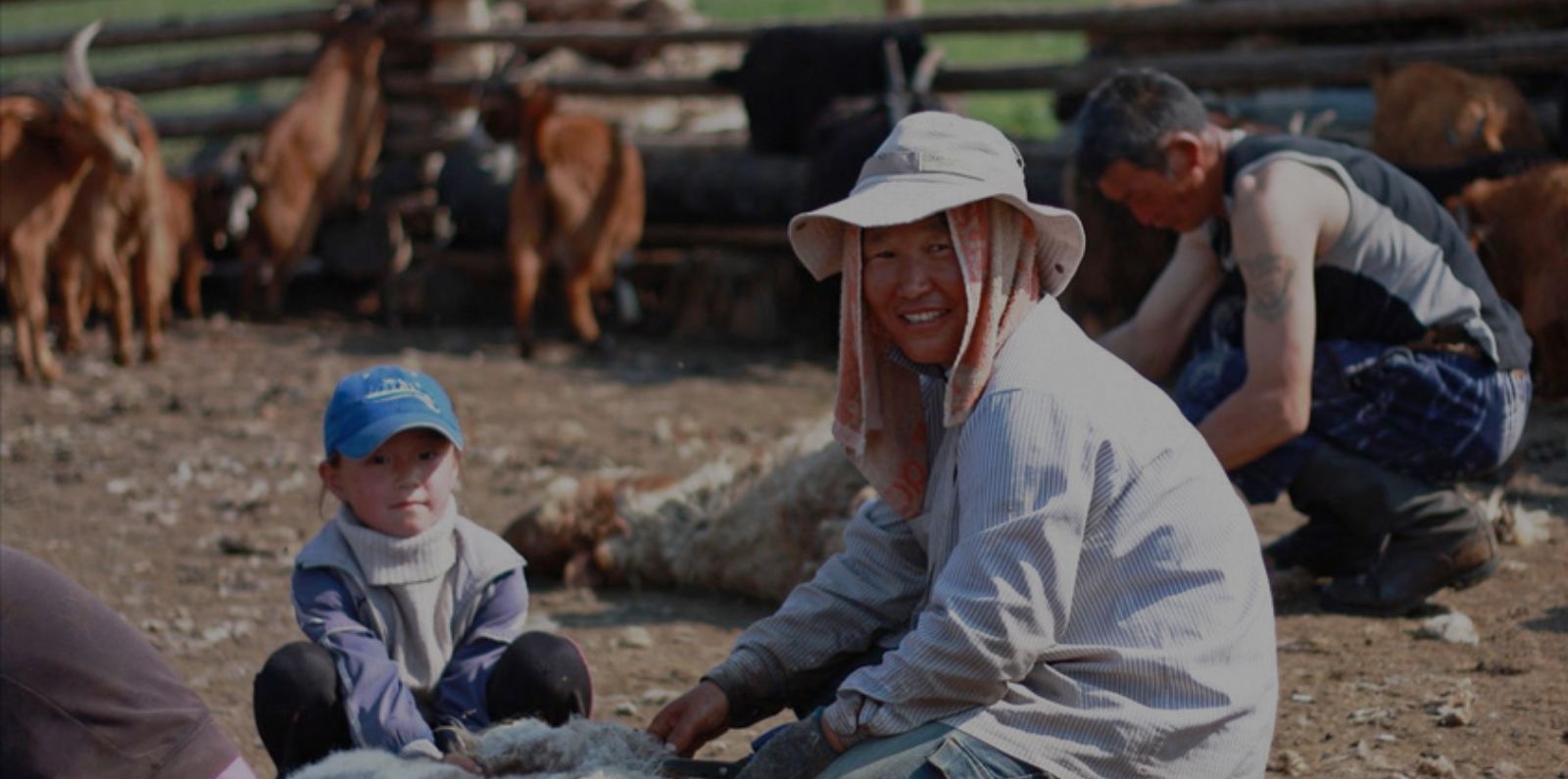About the Project
In Mongolia, livestock-based agriculture has been the backbone of the economy, where more than 85% of the agricultural population depends on livestock production, and the sector contributes to around 10% of all export revenues. The country, which has a population of less than 3 million, has more than 43 million livestock. However, more than half of herding families have subsistence herds of less than 100 animals. The pressure to increase animal numbers has created serious overgrazing and amplified the boom-bust cycle in livestock numbers. The sector remains vulnerable to extreme weather conditions – temperatures range as low as -45°C during the winter to as high as 45°C in the summer – especially in years when animal numbers have peaked relative to forage supplies.
The $12.5 million investment for LAMP improved rural livelihoods and food security in select areas in Mongolia through investments in enhanced productivity, market access, and diversification of livestock-based production systems. These goals were achieved by removing a set of closely linked constraints in market access, including price-quality relationships and livestock production (animal health, animal breeding, genetics, and nutrition). The project also provided TA to develop human and organizational capacities in animal health control, breed improvement, feeding and nutrition, value addition to livestock products (meat, fiber, dairy), and horticulture production.
Country
- Mongolia
Project Status
ClosedFunding
PublicSupervising entity
- FAO
- World Bank
Call Year
2010GAFSP Funding Amount
12.50Project Highlights

people benefited from the project, including 6,083 women

increase in income from livestock

nearly nine-fold increase from select horticulture pilot activities
Results
At the time of completion, both the World Bank and FAO rated LAMP as “satisfactory.”
- The project benefited 13,684 people, including 6,083 women, surpassing the end-of-project target of 12,000 people, including 3,600 women, leading to a 73.9 percent increase in income from livestock and a nearly nine-fold increase from select horticulture pilot activities.
- In terms of production volume, milk production increased by 33.1 percent, wool by 21.6 percent, and cashmere by 47.8 percent.
- In terms of commercialization, 45 percent of meat, 37 percent of milk, 42 percent of wool, 52 percent of green fodder, 31 percent of hay, and 50 percent of potatoes produced were marketed through both informal and written contracts.
- In terms of nutrition, treatment households’ per capita consumption of horse meat (47.6 percent), milk (36.6 percent), carrot (20.8 percent), and sea buckthorn (2.3 times) all increased, indicating dietary diversification.
Contact
GAFSP Coordination Unit
gafsp-info@gafspfund.org
Documents
Official Project Documents:
